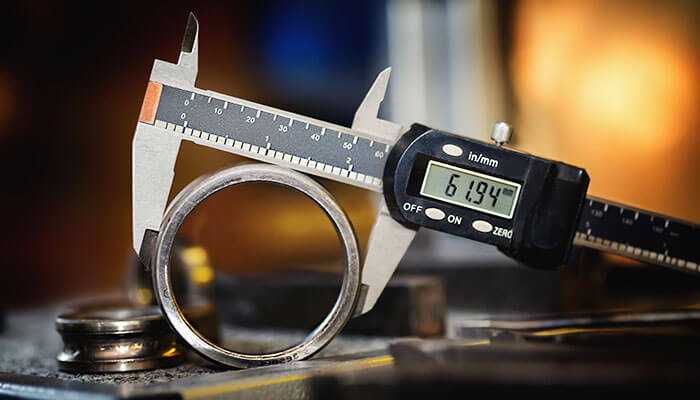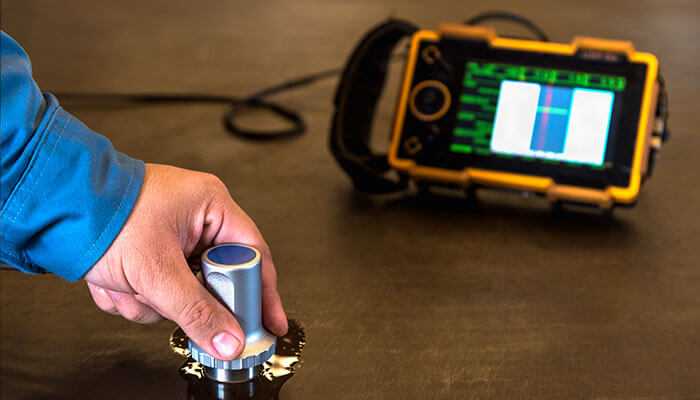The realm of quality assurance has experienced progress with the advancement and utilisation of metrology tools. Going beyond measurements, these technological wonders have made an impact across various sectors, elevating quality control practices and guaranteeing the delivery of top-notch products to consumers worldwide. In this piece, we will delve into how high-precision metrology equipment has transformed quality control and how companies can harness its capabilities.
The Impact of High-Precision Metrology Equipment on Quality Control
Enhancing Precision and Accuracy
One of the advantages that high-precision metrology equipment offers to quality control is enhanced precision and accuracy in measurements. Unlike measuring instruments, these state-of-the-art devices can capture measurements in detail, reducing errors and improving overall precision.
By utilising technologies like laser scanners, coordinate measuring machines (CMMs), optical profiling systems, and 3D scanners. Businesses can acquire accurate measurements of product dimensions deviations in form surface finish parameters and more. This level of precision ensures compliance with industry norms while upholding uniformity across manufacturing processes.
Streamlining Inspection Procedures
High-precision metrology equipment also plays a key role in streamlining inspection procedures. With measurement speeds and robust automation functions, companies can optimise their quality control protocols while achieving increased efficiency.
Utilising software tailored for these devices allows for real-time monitoring and analysis of inspection data, enabling the early detection of any deviations or non-conformities during production. This proactive approach helps companies swiftly address issues before they escalate into problems that could impact product quality or customer satisfaction.
Expanding Data Analysis Capabilities
Another aspect where high-precision metrology equipment excels is its capacity to generate extensive amounts of data during production inspections. However, having data without analysis is akin to possessing an unexplored resource.
To fully leverage this wealth of information, businesses should consider investing in software solutions for effectively handling large datasets from high-precision metrology equipment. These solutions offer analysis trend identification and anomaly detection capabilities.
Businesses can extract insights into their production processes by harnessing algorithms and artificial intelligence (AI). This empowers them to make decisions based on data, enhance efficiency, and continually elevate product quality over time.
Supporting Reverse Engineering and Prototyping
In addition to quality control roles, high-precision metrology equipment has proven invaluable for tasks involving engineering and prototyping. These devices excel at capturing details of existing products or prototypes with exceptional precision.
Reverse engineering offers companies the opportunity to analyse competitors’ products or outdated components. By replicating or enhancing these designs, businesses can establish an advantage in their industries. Similarly, prototyping efforts benefit from the measurements obtained through these devices, which significantly reduces trial and error processes and speeds up the introduction of products to the market.
Facilitating Non-destructive Testing
When evaluating the integrity of components or monitoring wear in equipment without causing harm, high-precision metrology equipment excels in non-destructive testing (NDT). This approach ensures that thorough inspections can be conducted without compromising the functionality of inspected parts or machines.
Utilising methods such as microscopy, laser scanning microscopy, X-ray computed tomography (CT), or ultrasonic scans allows businesses to conduct comprehensive inspections while preserving the structural integrity of valuable items. This improves safety standards and minimises downtime needed for maintenance or repairs.
Cost Efficiency and Returns on Investment
Integrating precision metrology equipment for quality control not only enhances precision and effectiveness but also delivers cost savings and a favourable return on investment (ROI) for businesses. While the initial cost may seem significant, the long-term advantages far surpass the expenses.
By utilising state-of-the-art measurement tools, companies can pinpoint production inefficiencies and defects, reducing waste and conserving resources used on items. This results in savings in materials and labour costs and the need for rework. Furthermore, the production of higher-quality goods leads to increased customer satisfaction, potentially boosting sales and market share.
The advanced data analysis features of precise measurement equipment empower manufacturers to fine-tune production settings, enhance process management, and minimise variations that directly impact the line. By utilising insights from software solutions integrated with these tools, businesses can continuously improve their manufacturing procedures, achieve more efficient operations, and enhance profitability over time.
Conclusion:
State-of-the-art metrology equipment signifies an evolution in quality control methods across sectors. With its accuracy and precision in measurements alongside inspection processes and powerful data analysis capabilities, organisations can reach unprecedented levels of product excellence.
Harnessing the capabilities of measurement tools not only ensures compliance with industry standards but also facilitates ongoing enhancements throughout the production cycle. Leveraging these technologies empowers firms to sharpen their edge, accelerate product development efforts, and deliver top-notch offerings that delight customers.



